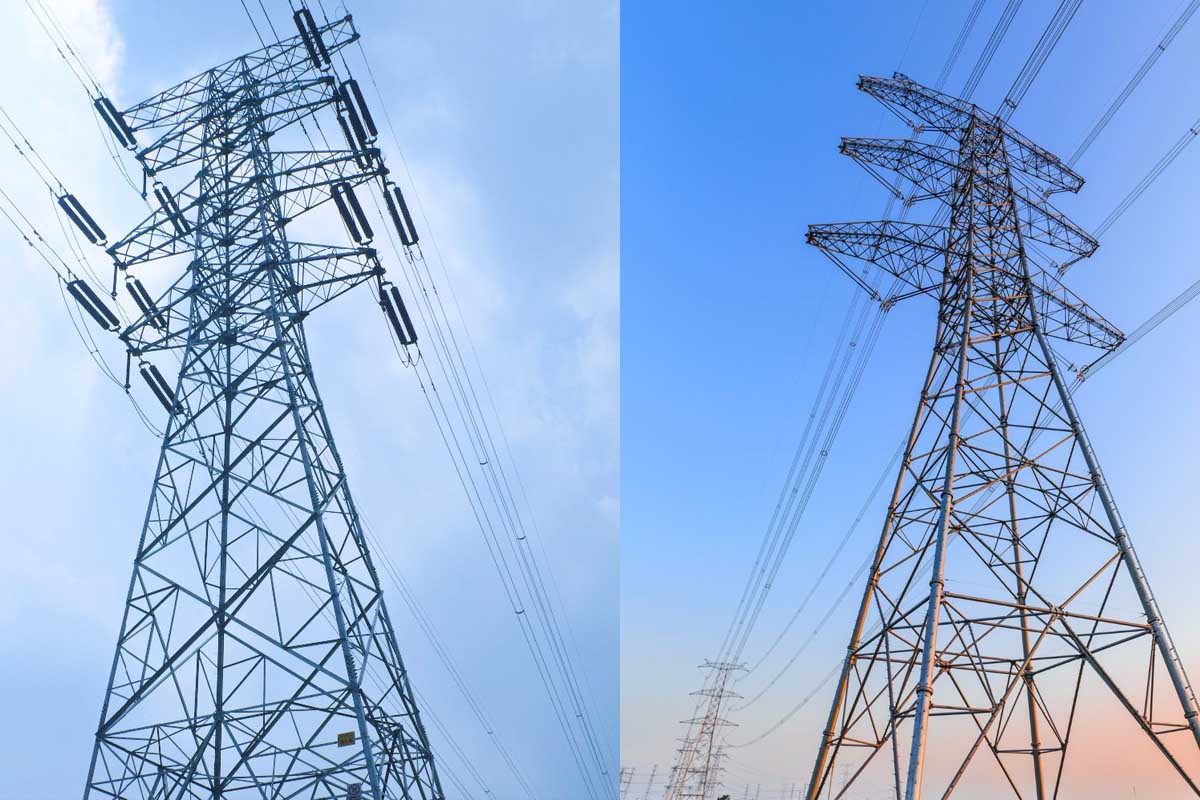Lattice towers are usually composed of solid rods, tubular pipes, or angular steel. Tubular rod antennæs have relatively low wind drag and are easy to inspect and maintain. ney are relatively heavy towers (impacting shipping and erecting costs), difficult to modify, and difficult to mount antennas on (mounting hardware relies on friction). Pipe towers are lighter than tubular rods but have the same disadvantages as
rod towers. Rust and ice are significant concerns for hollow pipe towers. Rust typically starts inside the tower, is virtually impossible to detect, and can lead to unanticipated structural failure. Ice due to trapped
water is also common. Hollow sections cannot inspected adequately. Angular steel is significantly of lower weight than rod or tubular towers.
Specification
1.Electric Power tower voltage grade:35KV/66KV/110KV/220KV/330KV/500KV/750KV
2.Electric Power tower shape category:
(1)tangent tower-Z-use on the straight line parts of the line, for Hanging vertical insulator string.
(2)angle tower-J-Used to the corner of the line
(3)Terminal tower-D-setting up in the Line terminal before to the Terminal tower
(4)transposition tower-H:phase inversion in the line.
3.Material :Q235B/Q345B
4.Available Height: 5-100M
5.Surface Coating: Hot Dip Galvanization
6.Wind Pressure: 5-190 KM/H
7.Antenna Support Quantity : 3-18 PCS








